Shipping goods from China to the USA is a critical component of international trade, and selecting the appropriate shipping method can significantly impact your business’s efficiency, cost, and overall success. Given the vast distance between the two countries, combined with various regulations and logistical challenges, it is paramount to understand the different shipping options available and how to optimize them according to your specific needs.
Dantful International Logistics is dedicated to providing a seamless shipping experience, offering highly professional, cost-effective, and high-quality one-stop international logistics services tailored to global traders. In this comprehensive guide, we will delve into the various factors to consider when choosing a shipping method and compare the major shipping options from China to the USA, including air freight, sea freight, multimodal transport, and courier services.

Table of Contents
1. Factors to Consider When Choosing a Shipping Method
Selecting the right shipping method involves evaluating several critical factors. These include cost, speed, volume and weight, type of goods, and understanding incoterms such as DDP. Below, we break down each of these factors to help you make an informed decision:
- Cost: The cost of shipping is influenced by multiple factors, including transportation fees, tariffs, customs duties, and additional charges such as handling fees. It is essential to compare these costs across different shipping methods to find the most cost-effective solution for your shipment.
- Speed: The time it takes for your goods to reach their destination can vary significantly depending on the shipping method chosen. Air freight is generally the fastest, while sea freight may take considerably longer. Multimodal transport can offer a balanced solution, combining speed and cost savings.
- Volume and Weight: The size and weight of your shipment play a crucial role in determining the most suitable shipping method. Larger, bulkier shipments may be more economical to ship via sea freight, while smaller, lightweight packages might benefit from air or courier services.
- Type of Goods: The nature of the goods you are shipping can also affect your choice. Fragile, perishable, or high-value items may require more secure and faster shipping options, such as air freight or courier services. On the other hand, durable goods can be shipped more economically via sea freight or multimodal transport.
- Incoterms: Understanding international commercial terms (Incoterms) is vital for defining the responsibilities of buyers and sellers in global trade. Delivered Duty Paid (DDP) is a popular Incoterm that can simplify the shipping process by placing the responsibility for all costs and risks on the seller until the goods reach the buyer’s location.
2. Major Shipping Methods from China to the USA
There are several shipping methods available for transporting goods from China to the USA, each with its own advantages and disadvantages. Below are the primary options:
Air Freight
- Advantages: Air freight is known for its speed, security, and reliability. It is the fastest shipping method, making it ideal for urgent shipments. The stringent security measures at airports also ensure the safety of high-value goods.
- Disadvantages: The primary drawback of air freight is its cost. It is significantly more expensive than other shipping methods, especially for heavy or bulky items. Additionally, there are weight and size limitations.
- Ideal for: Air freight is best suited for high-value, urgent, and lightweight goods that need to reach their destination quickly.
Sea Freight
- Full Container Load (FCL)
- Advantages: FCL shipping involves the use of an entire container for a single shipment, providing security and efficiency. It is cost-effective for large volumes of goods and offers better rates per unit of weight or volume.
- Disadvantages: The main disadvantage is the longer transit time compared to air freight. Additionally, managing the logistics of a full container load can be more complex.
- Ideal for: FCL is ideal for large shipments where the volume of goods justifies the cost of an entire container.
- Less than Container Load (LCL)
- Advantages: LCL shipping allows multiple shippers to share a single container, making it a cost-effective option for smaller shipments. It provides flexibility in terms of shipment size and frequency.
- Disadvantages: Since the container is shared among different shipments, there may be delays in consolidation and deconsolidation. Additionally, there is a slightly higher risk of damage or loss.
- Ideal for: LCL is best suited for smaller shipments that do not require the full capacity of a container.
Multimodal Transport
- Definition and Explanation: Multimodal transport involves the use of more than one mode of transport (e.g., combining air, sea, and land transport) to move goods from origin to destination. This method leverages the strengths of different transport modes to optimize cost and transit time.
- Advantages: Multimodal transport offers flexibility and cost savings by combining the benefits of various transport modes. It can reduce transit times and enhance the efficiency of the supply chain.
- Disadvantages: The complexity of coordinating multiple transport modes and the potential for delays during transshipment can be challenging. It requires meticulous planning and coordination.
- Ideal for: Multimodal transport is ideal for shipments that require a balance of speed and cost efficiency. It suits businesses looking for flexible and cost-effective logistics solutions.
Courier Services
- Examples: DHL, FedEx, UPS
- Advantages: Courier services are known for their speed, reliability, and door-to-door delivery. They offer comprehensive tracking and customer support, providing peace of mind for high-value and small shipments.
- Disadvantages: The cost of courier services is relatively high compared to other shipping methods. They are not cost-effective for large or heavy shipments.
- Ideal for: Courier services are ideal for small, urgent, and high-value shipments that require fast and reliable delivery.
By understanding these shipping methods and their respective advantages and disadvantages, you can make an informed decision that aligns with your business needs and budget. Dantful International Logistics is here to assist you in navigating these options, ensuring a smooth and efficient shipping experience from China to the USA.
3. Cost Comparison of Different Shipping Methods
Understanding the cost implications of different shipping methods is crucial for optimizing your logistics budget. Below, we provide a detailed comparison of costs associated with air freight, sea freight, multimodal transport, and courier services:
Air Freight vs Sea Freight vs Multimodal Transport vs Courier Services
| Shipping Method | Cost (per kg) | Speed | Ideal for | Additional Fees |
|---|---|---|---|---|
| Air Freight | $4 – $8 | Fast (5-10 days) | High-value, urgent, and lightweight goods | Fuel surcharges, security fees |
| Sea Freight (FCL) | $0.50 – $3 | Slow (20-40 days) | Large shipments | Port charges, handling fees |
| Sea Freight (LCL) | $1 – $5 | Slow (25-45 days) | Smaller shipments | Consolidation fees, handling fees |
| Multimodal Transport | Varies | Moderate (10-30 days) | Flexible, cost-effective solutions | Transshipment fees, handling fees |
| Courier Services | $10 – $20 | Very Fast (2-5 days) | Small, urgent, and high-value shipments | Insurance, express delivery surcharges |
Note: Costs are approximate and can vary based on specific routes, carriers, and market conditions.
4. Shipping Documentation and Customs Clearance
Shipping goods internationally involves a myriad of documentation and customs requirements. Properly managing this paperwork is essential to avoid delays and ensure smooth transit.
Essential Documents Needed for Shipping from China to the USA:
- Commercial Invoice: A detailed invoice listing the goods, their value, and the terms of sale.
- Packing List: A document detailing the contents of each package, including weight and dimensions.
- Bill of Lading (B/L): A contract between the shipper and carrier detailing the shipment and its destination.
- Certificate of Origin: A document certifying the country where the goods were manufactured.
- Import/Export Licenses: Depending on the nature of the goods, you may need specific licenses or permits.
- Customs Declaration Form: A form declaring the contents and value of the shipment for customs purposes.
Common Customs Issues and How to Avoid Them:
- Incorrect Documentation: Ensure all documents are accurately completed and compliant with both Chinese and U.S. regulations.
- Misclassification of Goods: Classify goods correctly according to the Harmonized System (HS) code to avoid customs delays and additional duties.
- Under- or Over-Valuation: Accurately declare the value of goods to avoid penalties and ensure smooth customs clearance.
How Dantful International Logistics Simplifies the Documentation Process:
At Dantful International Logistics, we understand the complexities of international shipping documentation and customs clearance. Our experienced team can handle all necessary paperwork, ensuring compliance with regulations and facilitating a smooth shipping process. We offer end-to-end support, from preparing documents to managing customs inquiries, allowing you to focus on your core business activities.
Read More:
- Shipping from China to Saudi Arabia 2024
- Shipping from China to UAE
- Shipping From China To Netherlands
- Shipping From China To UNITED KINGDOM
- Shipping From China to the United States
FAQ
1. What shipping methods are available for transporting goods from China to the USA?
Dantful International Logistics offers several shipping methods to suit different needs:
- Air Freight: Fastest option, ideal for high-value, urgent, and lightweight goods.
- Sea Freight: Includes Full Container Load (FCL) and Less than Container Load (LCL), suitable for larger and smaller shipments respectively.
- Multimodal Transport: Combines air, sea, and land transport for flexible and cost-effective solutions.
- Courier Services: Reliable and fast door-to-door delivery for small, urgent, and high-value shipments.
2. What factors should I consider when choosing a shipping method?
When selecting a shipping method, consider:
- Cost: Transportation fees, tariffs, customs duties, and handling fees.
- Speed: Transit times vary significantly between methods.
- Volume and Weight: Larger, bulkier shipments may be more economical via sea freight.
- Type of Goods: Fragile, perishable, or high-value items may require faster, more secure options.
- Incoterms: Understanding terms like DDP can affect cost and responsibility distribution.
3. How can I reduce shipping costs?
Here are some tips to reduce shipping costs:
- Consolidate Shipments: Combine multiple smaller shipments into a larger one to reduce per-unit costs.
- Schedule Regular Shipments: Consolidate orders and negotiate better rates with carriers.
- Choose the Right Incoterms: Opt for terms like DDP to simplify logistics and potentially reduce unexpected expenses.
- Optimize Packaging: Use right-sized, durable yet lightweight materials to reduce weight and space.
- Negotiate with Carriers: Secure volume discounts and long-term contracts for better rates.
4. What essential documents are needed for shipping from China to the USA?
Essential documents include:
- Commercial Invoice: Lists the goods, their value, and the terms of sale.
- Packing List: Details the contents of each package, including weight and dimensions.
- Bill of Lading (B/L): Contract between the shipper and carrier detailing the shipment.
- Certificate of Origin: Certifies the country where the goods were manufactured.
- Import/Export Licenses: Specific licenses or permits may be required for certain goods.
- Customs Declaration Form: Declares the contents and value of the shipment for customs purposes.
5. What common customs issues should I be aware of?
Common customs issues include:
- Incorrect Documentation: Ensure all documents are accurately completed and compliant with regulations.
- Misclassification of Goods: Correctly classify goods according to the Harmonized System (HS) code to avoid delays and additional duties.
- Under- or Over-Valuation: Accurately declare the value of goods to avoid penalties and ensure smooth customs clearance.
References
For further reading and to verify the information provided in this guide, please refer to the following resources:
- Incoterms 2020 by ICC
- International Air Transport Association (IATA)
- World Shipping Council
- U.S. Customs and Border Protection
- Freightos: Shipping Cost Calculator

Young Chiu is a seasoned logistics expert with over 15 years of experience in international freight forwarding and supply chain management. As CEO of Dantful International Logistics, Young is dedicated to providing valuable insights and practical advice to businesses navigating the complexities of global shipping.






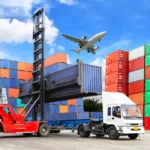

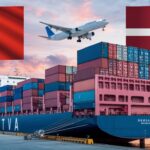

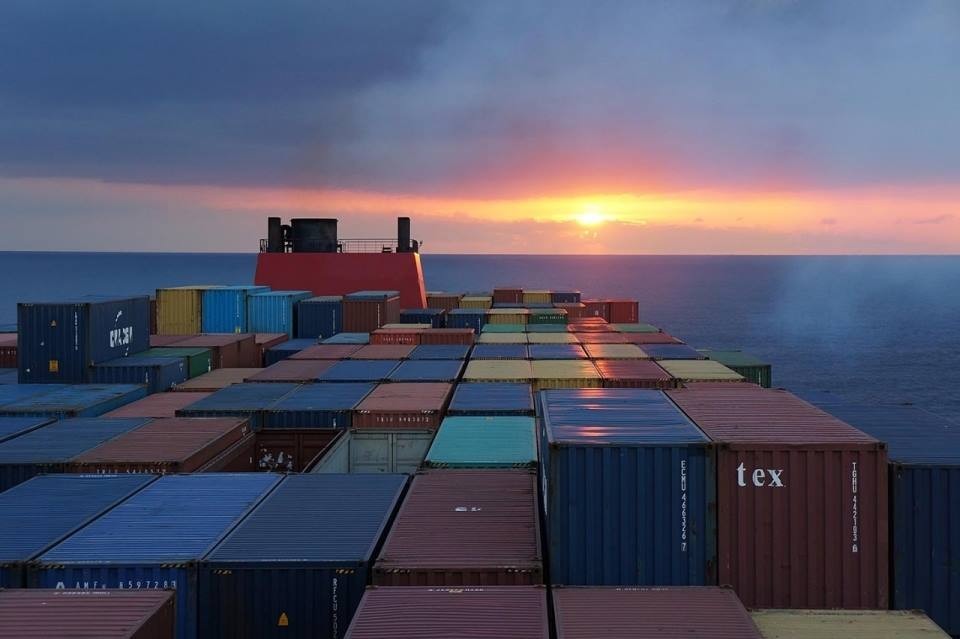

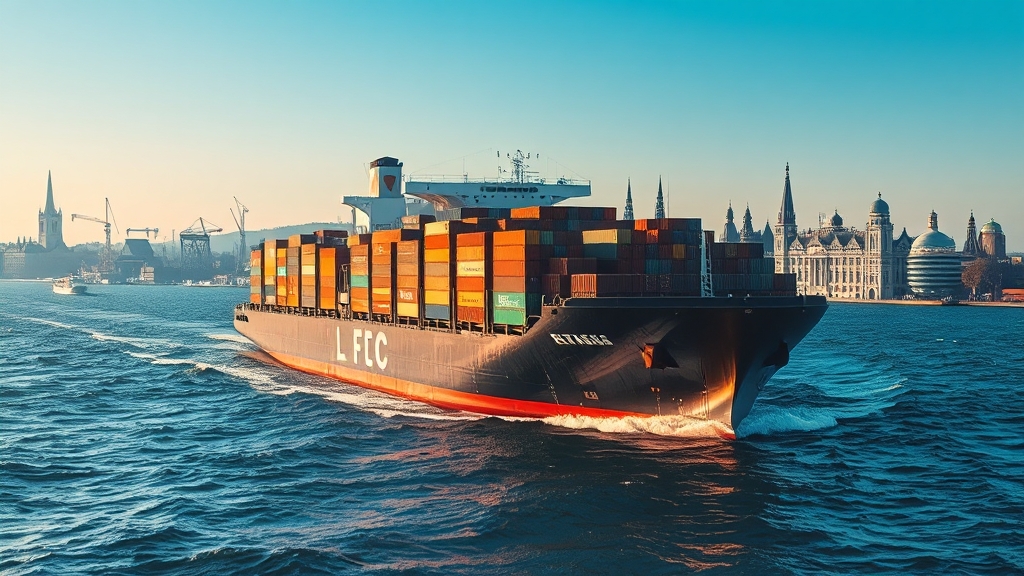

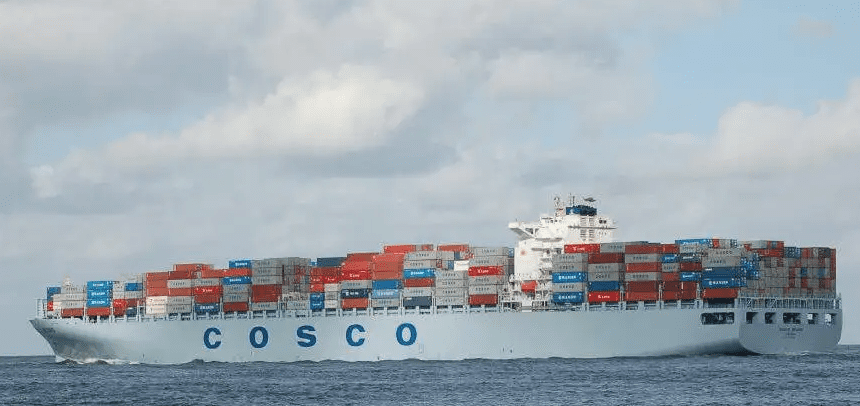





 Afrikaans
Afrikaans Shqip
Shqip አማርኛ
አማርኛ العربية
العربية Հայերեն
Հայերեն Azərbaycan dili
Azərbaycan dili Euskara
Euskara Беларуская мова
Беларуская мова বাংলা
বাংলা Bosanski
Bosanski Български
Български Català
Català Cebuano
Cebuano Chichewa
Chichewa 简体中文
简体中文 繁體中文
繁體中文 Corsu
Corsu Hrvatski
Hrvatski Čeština
Čeština Dansk
Dansk Nederlands
Nederlands English
English Esperanto
Esperanto Eesti
Eesti Filipino
Filipino Suomi
Suomi Français
Français Galego
Galego ქართული
ქართული Deutsch
Deutsch Ελληνικά
Ελληνικά Kreyol ayisyen
Kreyol ayisyen Harshen Hausa
Harshen Hausa Ōlelo Hawaiʻi
Ōlelo Hawaiʻi עִבְרִית
עִבְרִית हिन्दी
हिन्दी Hmong
Hmong Magyar
Magyar Íslenska
Íslenska Igbo
Igbo Bahasa Indonesia
Bahasa Indonesia Gaeilge
Gaeilge Italiano
Italiano 日本語
日本語 Basa Jawa
Basa Jawa ಕನ್ನಡ
ಕನ್ನಡ Қазақ тілі
Қазақ тілі ភាសាខ្មែរ
ភាសាខ្មែរ 한국어
한국어 كوردی
كوردی Кыргызча
Кыргызча ພາສາລາວ
ພາສາລາວ Latin
Latin Latviešu valoda
Latviešu valoda Lietuvių kalba
Lietuvių kalba Lëtzebuergesch
Lëtzebuergesch Македонски јазик
Македонски јазик Malagasy
Malagasy Bahasa Melayu
Bahasa Melayu മലയാളം
മലയാളം Maltese
Maltese Te Reo Māori
Te Reo Māori मराठी
मराठी Монгол
Монгол ဗမာစာ
ဗမာစာ नेपाली
नेपाली Norsk bokmål
Norsk bokmål پښتو
پښتو فارسی
فارسی Polski
Polski Português
Português ਪੰਜਾਬੀ
ਪੰਜਾਬੀ Română
Română Русский
Русский Samoan
Samoan Gàidhlig
Gàidhlig Српски језик
Српски језик Sesotho
Sesotho Shona
Shona سنڌي
سنڌي සිංහල
සිංහල Slovenčina
Slovenčina Slovenščina
Slovenščina Afsoomaali
Afsoomaali Español
Español Basa Sunda
Basa Sunda Kiswahili
Kiswahili Svenska
Svenska Тоҷикӣ
Тоҷикӣ தமிழ்
தமிழ் తెలుగు
తెలుగు ไทย
ไทย Türkçe
Türkçe Українська
Українська اردو
اردو O‘zbekcha
O‘zbekcha Tiếng Việt
Tiếng Việt Cymraeg
Cymraeg יידיש
יידיש Yorùbá
Yorùbá Zulu
Zulu